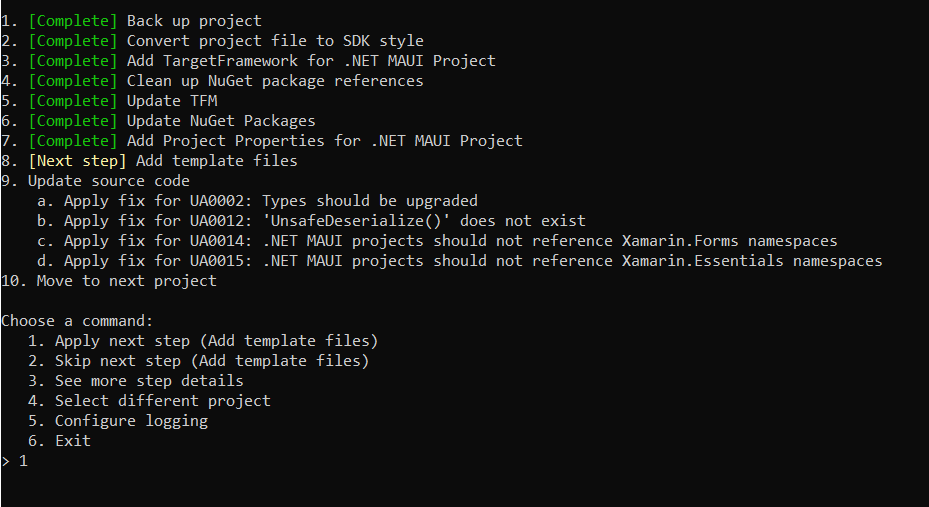If you are facing an issue after updating the Xamarin.Forms version in your project, with the following error:
SOMEXAMLFILE.xaml: Error: The 'MSBuild:UpdateDesignTimeXaml' code generator crashed: Not connected
at MonoDevelop.Core.Execution.RemoteProcessConnection.PostMessage (MonoDevelop.Core.Execution.BinaryMessage message, System.Threading.Tasks.TaskCompletionSource`1[TResult] cs, System.Boolean checkInitialized) [0x000c3] in /Users/builder/azdo/_work/2/s/main/src/core/MonoDevelop.Core/MonoDevelop.Core.Execution/RemoteProcessConnection.cs:438
at MonoDevelop.Core.Execution.RemoteProcessConnection.SendMessage (MonoDevelop.Core.Execution.BinaryMessage message) [0x00031] in /Users/builder/azdo/_work/2/s/main/src/core/MonoDevelop.Core/MonoDevelop.Core.Execution/RemoteProcessConnection.cs:385
at MonoDevelop.Projects.MSBuild.RemoteBuildEngineManager+<>c__DisplayClass20_0.<GetBuildEngine>b__5 () [0x00252] in /Users/builder/azdo/_work/2/s/main/src/core/MonoDevelop.Core/MonoDevelop.Projects.MSBuild/RemoteBuildEngineManager.cs:323
at MonoDevelop.Projects.MSBuild.RemoteBuildEngineManager.GetBuildEngine (MonoDevelop.Core.Assemblies.TargetRuntime runtime, System.String minToolsVersion, System.String solutionFile, System.String group, System.Object buildSessionId, System.Boolean setBusy, System.Boolean allowBusy) [0x0036f] in /Users/builder/azdo/_work/2/s/main/src/core/MonoDevelop.Core/MonoDevelop.Projects.MSBuild/RemoteBuildEngineManager.cs:273
at MonoDevelop.Projects.MSBuild.RemoteBuildEngineManager.GetRemoteProjectBuilder (System.String projectFile, System.String solutionFile, MonoDevelop.Core.Assemblies.TargetRuntime runtime, System.String minToolsVersion, System.Object buildSessionId, System.Boolean setBusy, System.Boolean allowBusy) [0x000df] in /Users/builder/azdo/_work/2/s/main/src/core/MonoDevelop.Core/MonoDevelop.Projects.MSBuild/RemoteBuildEngineManager.cs:176 [...]
Then clean your solution, and restart Visual Studio for Mac.



